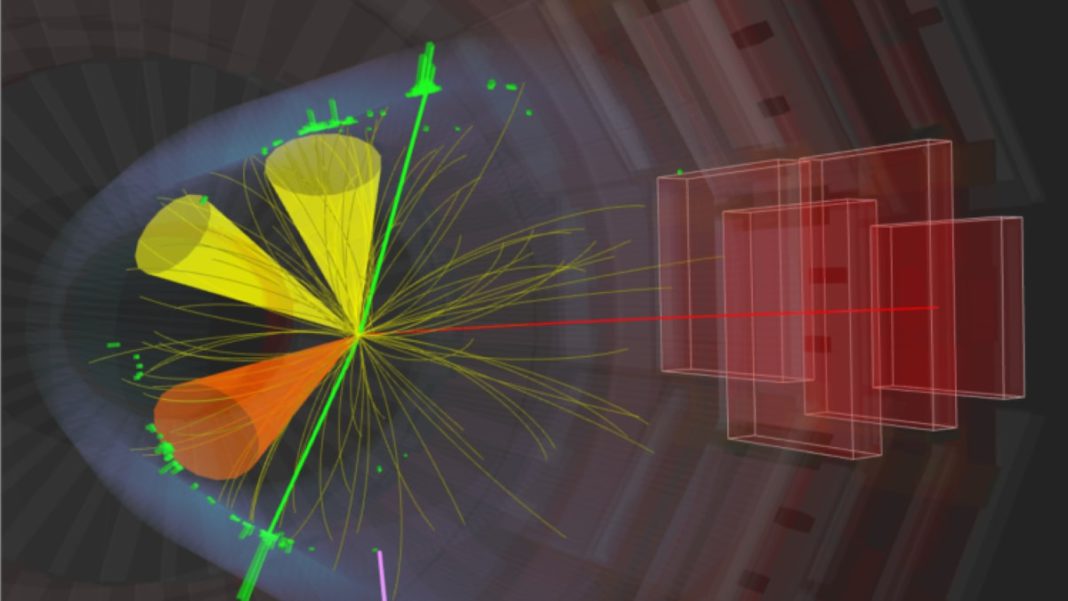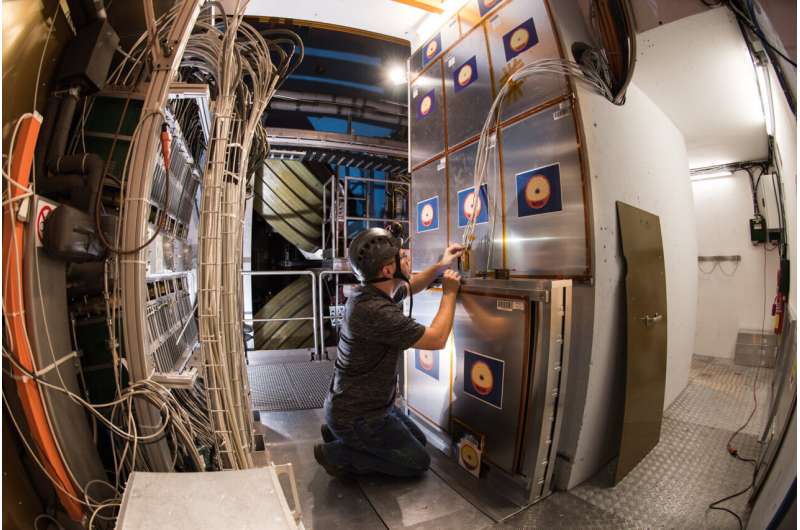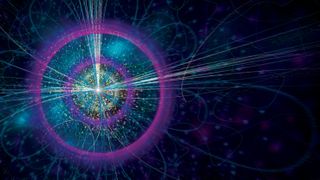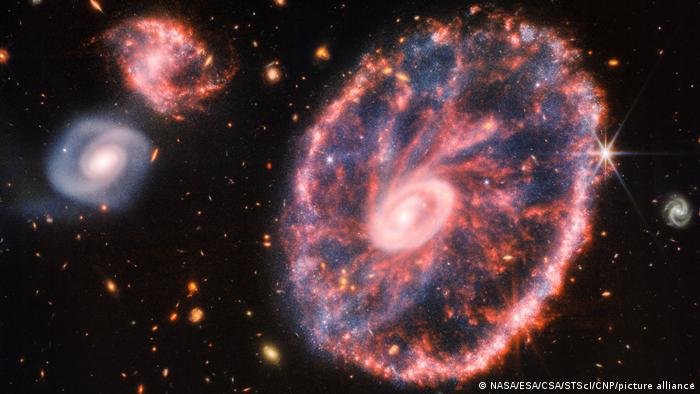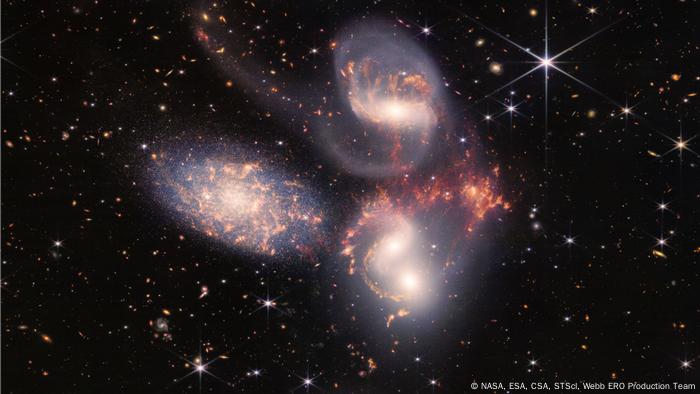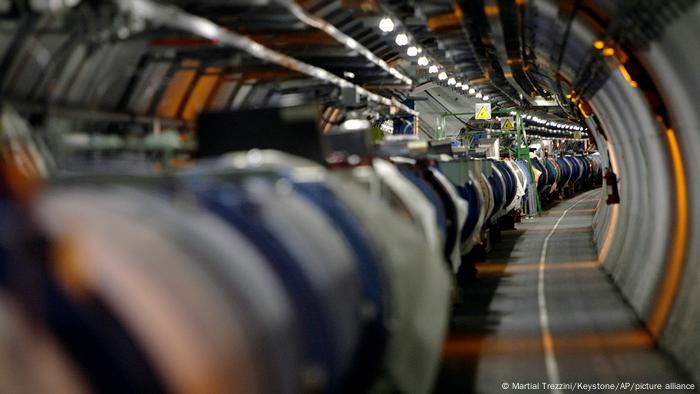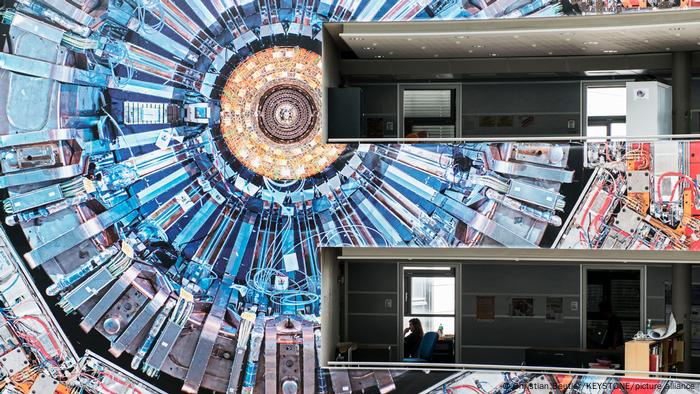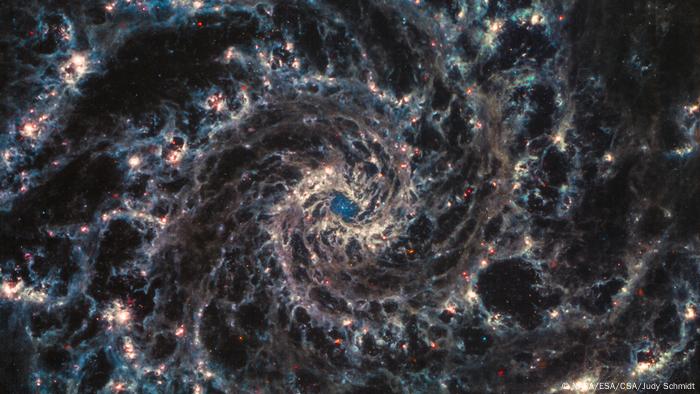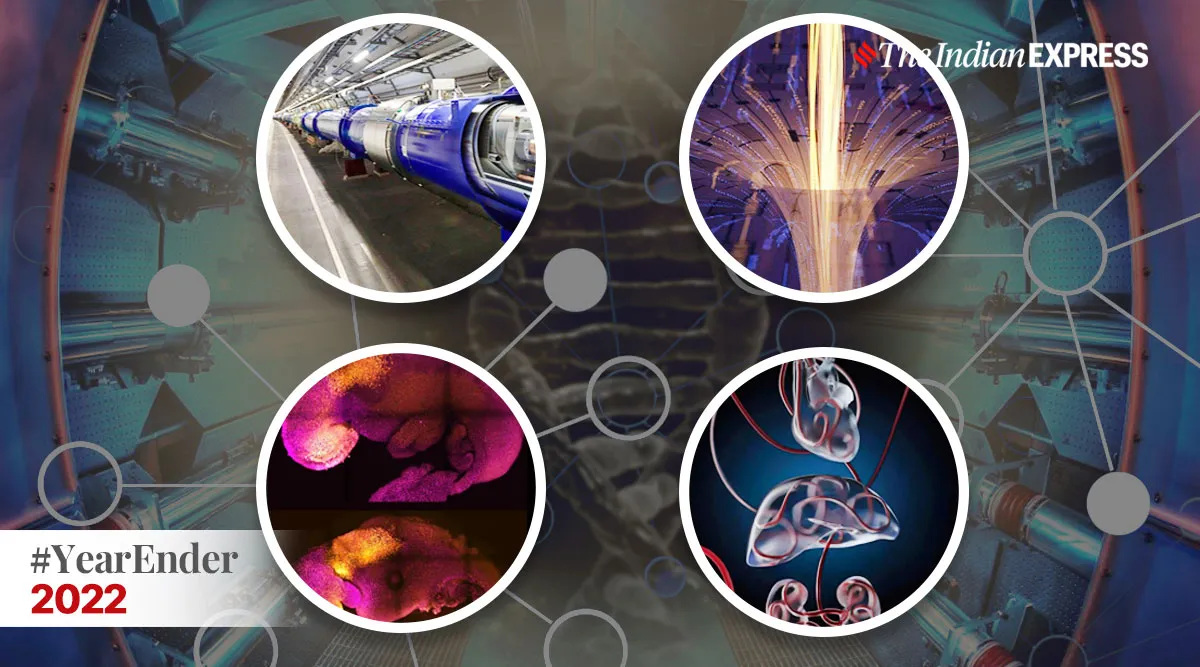Lahore police Deputy Inspector General (Investigation) Kamran Adil told the high court on Thursday that both the Inter-Services Intelligence (ISI) and the Military Intelligence (MI) had said that anchorperson Imran Riaz Khan — whose whereabouts remain unknown since his arrest on May 11 — was not in their custody.
The police official made the remarks as the Lahore High Court (LHC) resumed hearing a plea seeking the recovery of the anchorperson, who was among the individuals apprehended in the wake of protests that erupted in the country after the arrest of PTI chairman Imran Khan.
Later, his lawyer told Dawn.com that a writ petition was filed on May 12 over the anchorperson’s arrest and the LHC directed the attorney general to present him before the court the same day. But, after its orders were not followed, Sialkot police were given a 48-hour deadline to recover Imran.
A first information report (FIR) pertaining to the matter was registered with Civil Lines police on May 16 on the complaint of the anchorperson’s father, Muhammad Riaz.
The FIR was registered against “unidentified persons” and police officials for allegedly kidnapping Imran, invoking Section 365 (kidnapping or abducting with intent secretly and wrongfully to confine person) of the Pakistan Penal Code.
At the previous hearing, Punjab Inspector General Dr Usman Anwar had told the court that there was no trace of the journalist at any police department across the country.
The LHC had subsequently directed the ministries of interior and defence to “discharge their constitutional duties to effect the recovery” of the missing anchorperson.
The hearing
LHC Chief Justice Muhammad Ameer Bhatti presided over today’s hearing during which the Lahore police DIG (Investigation) appeared before the court instead of the Punjab IG.
The lawyer representing the Punjab government requested the court to exempt the provincial police chief from appearing as he was attending a ceremony in connection with Martyrs Respect Day in Gujranwala.
The LHC CJ inquired about the IG’s schedule and asked for the record to be submitted. The DIG assured the court that the record would be submitted to the court.
During the hearing, the DIG stated, “The ISI and MI have said that Imran Riaz is not in their custody”.
Meanwhile, the anchorperson’s counsel, Advocate Azhar Siddique, told the court that Imran’s father, Muhammad Riaz, wished to speak.
Justice Bhatti emphasised the court’s commitment to upholding fundamental rights while Riaz said his son was “being punished for making a vlog”.
The court directed the journalist’s lawyers to meet with the police team later today and told them to provide the police with any evidence that was in their possession.
The hearing was later adjourned.
Info minister called out for remarks on Imran’s disappearance
Earlier this week, journalists and human rights activists had strongly criticised Information Minister Marriyum Aurangzeb’s comments regarding Imran’s case.
Journalist Secunder Kermani, a Channel4 News foreign correspondent, had shared a video of an exchange with the information minister about the missing anchorperson.
He questioned Aurangzeb about journalists going missing and being detained, adding that these were the same issues that the PML-N had raised as matters of concern when in opposition during the previous PTI government.
In response, Aurangzeb asked Kermani to name even a single journalist who was missing. When Kermani mentioned Imran, the minister responded, “Imran Riaz is a political party spokesperson now. You really have to draw [a] distinction.”
She further said, “You have to differentiate between journalists and the journalists who have joined political parties. Once they have joined political parties, they are inciting violence, they are spokespersons of that political parties.”
Aurangzeb’s response elicited severe criticism from several journalists and rights activists, who reminded the minister that a person’s disappearance was an issue of basic human rights irrespective of what political party they favoured.
Lawyer and social activist Jibran Nasir said that Aurangzeb believed Imran “should be seen as a supporter of PTI and hence considered a sub-human who deserves the treatment being meted out to them.
“Now just imagine the plight of ordinary citizens suffering military trials,” he added.
Pakistan Initiative at Atlantic Council’s South Asia Centre Director Uzair Younus said Imran’s status as a journalist or not should not matter.
He said that Imran had fundamental constitutional rights granted to him on account of his Pakistani citizenship.
“Stop violating his rights and those of countless others. These disappearances are heinous!” he tweeted.
